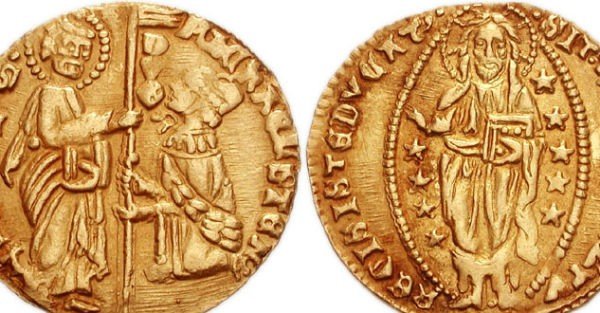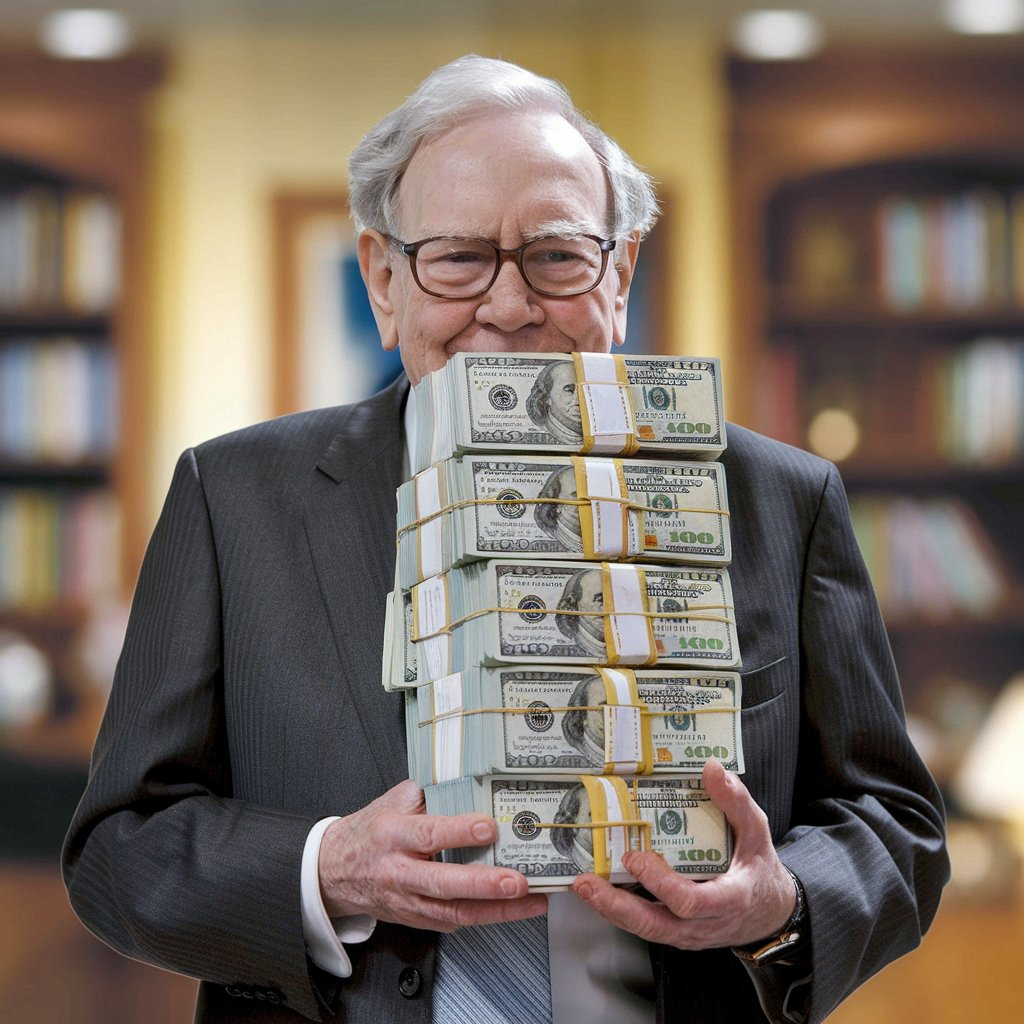August 9, 2012
Oxford, England
Oxford is about an hour west of London by train, and if you’ve never been, I highly recommend it. On a per-capita basis, it’s one of the most cultured cities in the world, right up there with Vienna, London, New York, Paris, San Francisco, Chicago, Budapest, and Austin.
Walking down Cornmarket Street on a beautiful summer day, it’s common to pass opera singers and concert pianists plying their trade for crowds of tourists (which have become increasingly Chinese over the past few summers…)
Yesterday evening I attended an outstanding performance of Shakespeare’s Merchant of Venice; if you’re unfamiliar with the play, the story is about a young Venetian nobleman named Bassanio who needs 3,000 gold ducats to woo a beautiful heiress. Having squandered his wealth, Bassanio approaches his friend Antonio for a loan.
Antonio is cash poor but asset rich, so he arranges to borrow the sum that his friend requires from a local Shylock. The Shylock agrees on the condition that he collects a pound of Antonio’s flesh in the event of default.
Needless to say, Antonio’s fortunes turn for the worst and he defaults on the debt owed – 3,000 ducats. The play climaxes with a court scene in which the Shylock seeks to enforce his bond and collect the pound of flesh from Antonio. (“Why dost thou whet thy knife so earnestly?”)
In the middle of the performance, I got curious about the sum. How much is 3,000 ducats in today’s money? A quick check on my phone gave me the answer.
A ducat’s weight is roughly 3.5 grams, or .11 troy ounces of gold weight… so 3,000 ducats is roughly $530,000 at today’s gold price.
In the context of the play, this amount makes sense; in other words, if one were to write an updated version of the play to today’s standards, substituting half a million dollars for 3,000 ducats would definitely fit the plot.
It’s an interesting example of how well gold has held its value; the play is over 400 years old, written decades before the first colonists arrived to the New World, and centuries before the introduction of the US dollar.
During this time, the gold ducat coin was an internationally accepted medium of exchange, widely used in trade across Europe, the colonies, and the Ottoman Empire until the early 20th century.
The ducat began circulating in earnest in the late 1200s, so the coin’s status as a global reserve standard lasted nearly three-quarters of a millennium… a remarkable track record! Before the ducat, the Byzantine solidus gold coin held that status for the previous 800-years.
The reason for such unparalleled longevity is simple — throughout the centuries, these coins maintained their gold weight, and hence the purchasing power for those who held them. When governments began playing games and debasing the coins, they were quickly dropped as an international standard.
It’s the same story with the US dollar today. Foreigners have been paying close attention as the Federal Reserve has printed trillions of new dollars and violated its most sacred charter to preserve the value of the currency.
It’s bad enough that the dollar is merely a worthless piece of paper. The rest of the world begrudgingly submitted to this standard, trusting that the US would not abuse its authority to debase the currency.
As it turned out, this trust was severely misplaced, and the trillions of new dollars have helped create highly inflationary conditions in just about every developing country on the planet, from Indonesia to Sri Lanka to Botswana.
Today, the calls to end this standard and displace the dollar as the world’s reserve currency are growing louder by the day. The market is already test driving China’s renminbi (RMB) as a viable alternative, and we can see signs of this all the time.
The latest evidence includes the floating of RMB 500 million ($80 million USD) worth of bonds to African central banks; ANZ bank’s RMB 1 billion ($160 million USD) bond issuance in London; British retailer Debenhams PLC agreement to trade and settle transactions with its Chinese supplier in RMB; and more. All of this has happened within the last 10-days.
Then there’s the re-rise of gold. Central banks around the world from Turkey to Mongolia to South Korea to Kazakhstan to Argentina have been buying gold in record amounts in what appears to be a long, slow trend of gold re-monetization.
History’s lesson is quite simple — when the issuing authority of the world’s reserve currency engages in wanton debasement, the market seeks an alternative. This time is not different, and the dollar will suffer the same fate.
This will likely happen gradually rather than suddenly; over time, the US government will no longer be able to export the most deleterious effects of its monetary policy to destitute people in developing countries. The negative consequences will remain in the US, once and for all.
The sensible course of action is to plan for this trend by trading out paper currency for real assets like precious metals and productive land that will hold their value over time.








